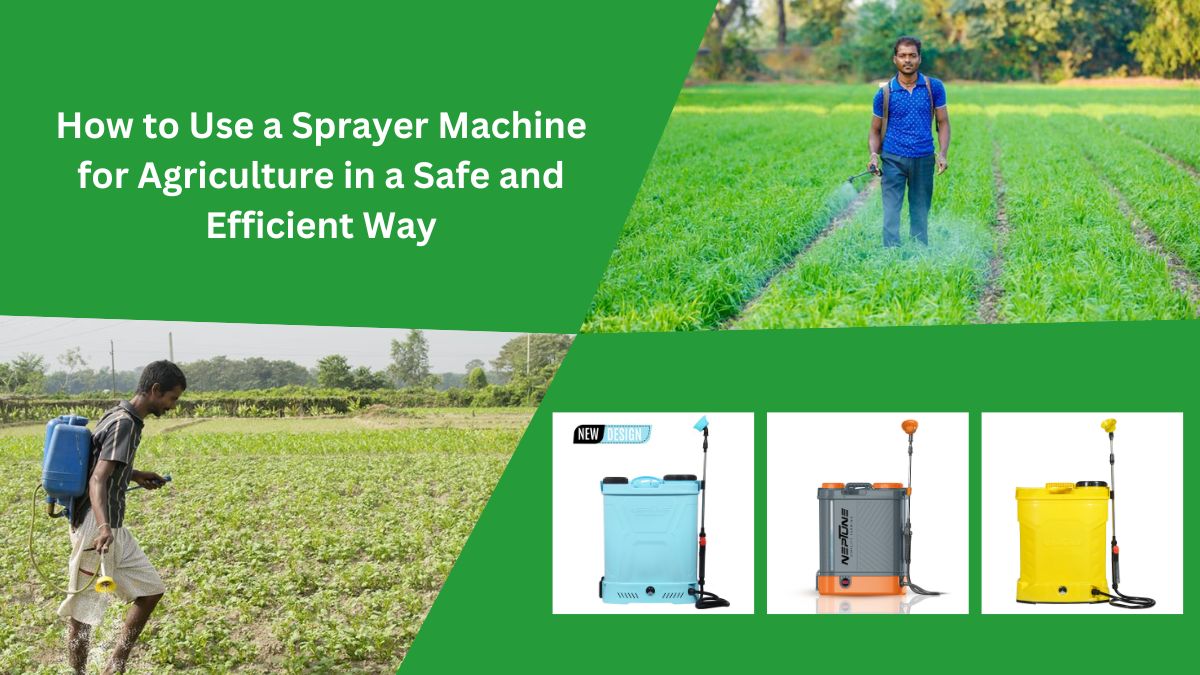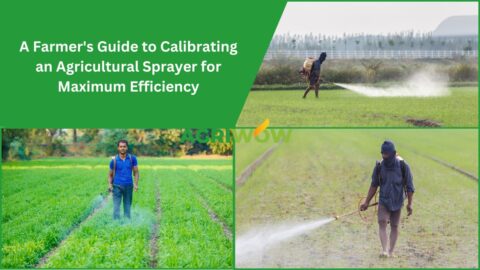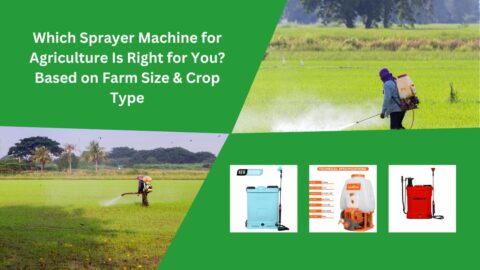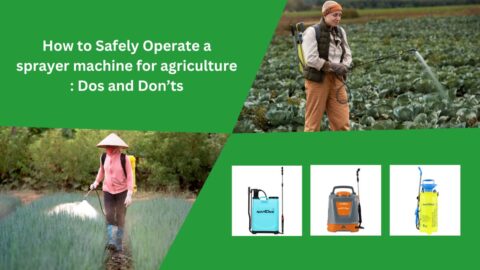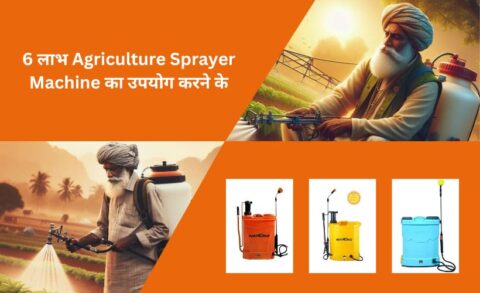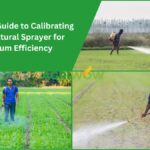Farming is a physically demanding profession; any innovation that can ease the workload while increasing productivity is invaluable. Sprayer machines are one such breakthrough, essential for efficiently applying pesticides, herbicides, and fertilizers. When used properly, they help boost both crop yield and quality. However, to harness their full potential, it’s vital to use them safely, troubleshoot common issues effectively, and follow a regular maintenance routine.
Safe and efficient operation of a sprayer machine for agriculture is essential for protecting the farmer and the environment. Follow these best practices to ensure optimal usage:
1. Read the Manual (Seriously!)
Each sprayer machine is unique. The manufacturer’s manual contains specific instructions on assembly, operation, maintenance, and safety. Don’t skip it—it’s your primary guide to safe and efficient usage.
2. Use Proper Personal Protective Equipment (PPE)
When handling chemicals, your safety must come first. Always wear:
- Chemical-resistant gloves (nitrile or neoprene)
- Eye protection: Goggles or face shields to prevent splashes
- Respirators or masks for inhalation protection
- Protective clothing: Long-sleeved shirts, pants, and waterproof footwear
3. Calibrate the Sprayer Correctly
Calibration ensures the right amount of chemical is applied:
- Check the nozzle flow rate to ensure consistency
- Determine travel speed across the field
- Calculate the application rate for precise chemical delivery per unit area
4. Prepare the Spray Solution Properly
- Measure accurately using proper tools
- Follow correct mixing order (e.g., water-soluble bags first)
- Ensure adequate agitation to prevent clumping or uneven application
5. Monitor Weather Conditions
- Avoid spraying on windy days to reduce drift and crop contamination
- Check temperature and humidity to ensure optimal chemical effectiveness
6. Master Spraying Technique
- Maintain consistent speed and pressure
- Adjust the nozzle height to allow for even coverage
- Focus on targeted application to avoid wastage
Common Problems with Spraying Machines Used in Agriculture: Causes and Prevention
Even with proper use, spraying machine for agriculture can develop problems. Here are common issues and how to avoid them:
1. Uneven Spray Pattern
- Causes: Clogged/worn nozzles, incorrect boom height, pressure variations
- Prevention: Clean and inspect nozzles regularly, replace as needed, use correct nozzle types, and calibrate boom height
2. Clogged Nozzles
- Causes: Dirty water, poor chemical mixing, lack of filtration
- Prevention: Use clean water, mix thoroughly, install and maintain filters at the tank, lines, and nozzles
3. Leaks
- Causes: Damaged hoses, loose fittings, worn seals
- Prevention: Inspect for cracks, tighten connections, replace worn parts, and store the unit properly
4. Pressure Fluctuations
- Causes: Air in the system, blocked filters, pump wear, low liquid levels
- Prevention: Bleed air, clean filters, maintain pumps, and ensure a steady liquid supply
5. Pump Malfunction or Failure
- Causes: Dry running, cavitation, internal wear, blockages
- Prevention: Never run the pump dry, monitor liquid levels, and perform scheduled maintenance
Agricultural Sprayer Machine Maintenance Tips Every Farmer Should Know
Proper maintenance extends the life of your sprayer agriculture machine and keeps it operating at peak efficiency.
1. Clean After Every Use
- Rinse the tank, hoses, boom, and nozzles with clean water
- Remove and clean nozzles separately using soft brushes or compressed air
2. Conduct Regular Inspections
- Check for leaks, cracks, and wear in hoses and fittings
- Inspect nozzles for even spray patterns and signs of damage
- Monitor the pump for unusual sounds, leaks, or drops in performance
3. Lubricate Moving Parts
- Follow manufacturer’s guidelines to grease appropriate areas and reduce wear
4. Maintain Filters
- Regularly clean or replace all filters to prevent clogging and ensure smooth chemical flow
5. Winterization (If Used Seasonally)
- Drain all fluids to prevent freezing damage
- Add non-toxic antifreeze if needed
- Store in a dry, sheltered area off the ground, covered from dust and pests
6. Replace Worn Components
Don’t wait for parts to fail. Replace nozzles, seals, hoses, and gaskets proactively to prevent downtime.
By following these usage, troubleshooting, and maintenance guidelines, farmers can get the most out of their agricultural sprayer machines, ensuring both safety and efficiency in their operations. A well-maintained sprayer not only improves productivity but also supports more sustainable and responsible farming practices.
FAQ
Q1. Which sprayer is best for agriculture?
This question frequently appears in search queries, with farmers comparing backpack, knapsack, power, boom, and self-propelled sprayers based on farm size, crop type, and application need.
Q2. How do I choose the right sprayer (nozzle/type/calibration)?
A highly searched FAQ covers guidance on selecting nozzle type, size, spray capacity, crop compatibility, and achieving correct calibration for efficient use.
Q3. Can sprayers be used for organic farming?
This question is popular among growers interested in organic methods, frequently addressing whether sprayers can handle organic inputs and what cleaning is needed to prevent contamination.

